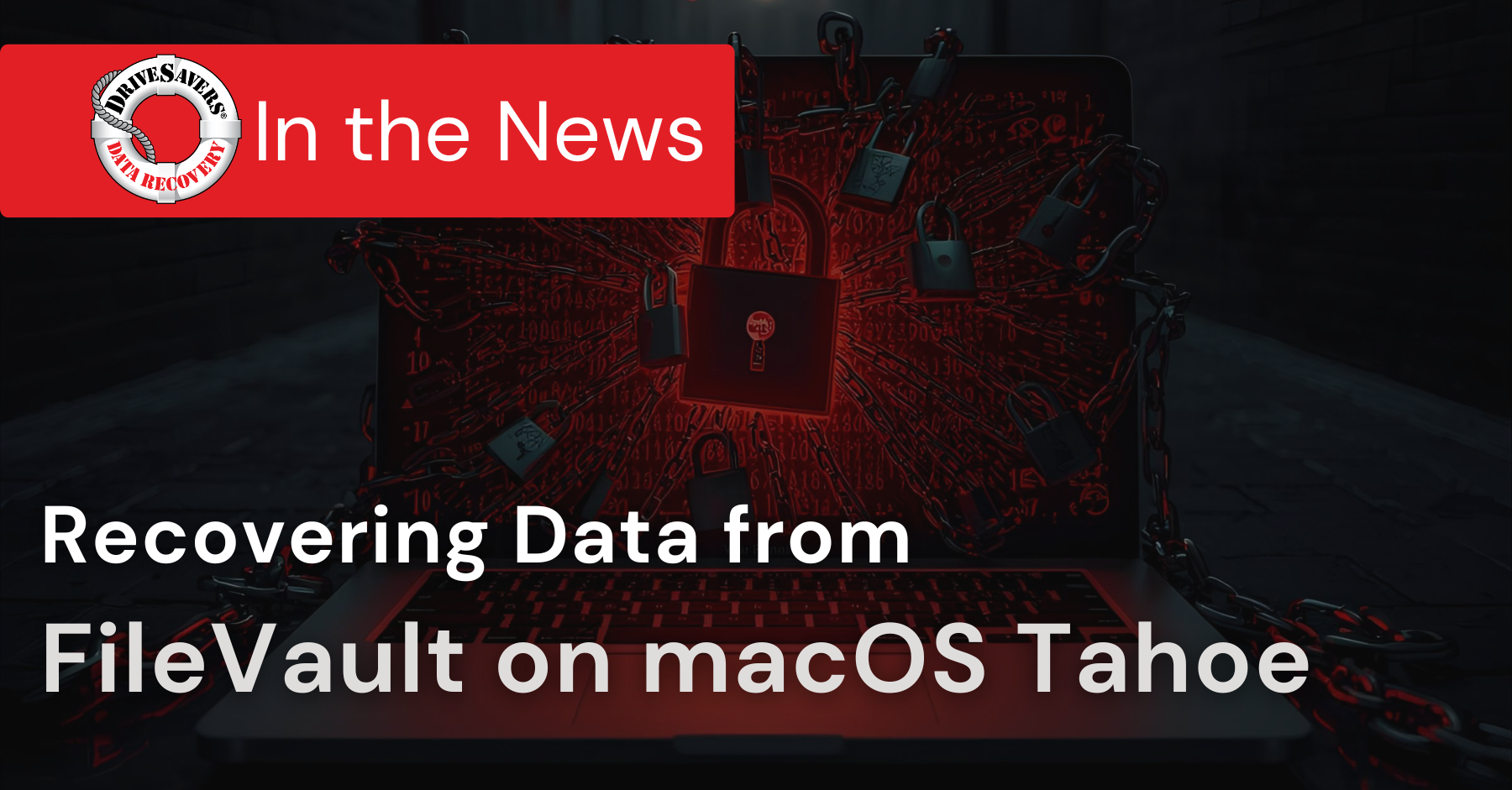In this article, we’ll break down what NIST 800-88 actually requires, why storage media of all types can defy expectations, and how verification services close the gap between intention and assurance.
Securing Your Digital Legacy with Apple Devices and Backup Plans
Apple’s Legacy Contact: A Key to Your Digital Legacy and Holistic Estate Planning

The Legacy Contact feature allows you to assign someone access to specific personal data from your Apple account in the event of your passing. This includes photos, messages, notes, and device backups. However, it’s important to note that certain information, such as media purchases and data stored in your Keychain (e.g., passwords), won’t be accessible to your Legacy Contact.
Requirements to Add a Legacy Contact in Your Settings:
- An Apple device running iOS 15.2, iPadOS 15.2, or macOS Monterey 12.1, signed in to your Apple account.
- Two-factor authentication enabled for your Apple account.
- You must be over the age of 13 (age requirements may vary by country or region).
Your Legacy Contact can be anyone you choose, regardless of whether they have an Apple account or device. To request access to your Apple account after your death, they need to be over the age of 13.
Steps to Add a Legacy Contact:
On your iPhone or iPad:
- Go to Settings, then tap your name.
- Tap Sign-In & Security, then Legacy Contact.
- Tap Add Legacy Contact and authenticate with Face ID, Touch ID, or your device passcode.
On your Mac:
- Choose Apple menu > System Settings, then click your name.
- Click Sign-In & Security, then Legacy Contact.
- Click Add Legacy Contact and authenticate with Touch ID or your Mac login password.
If you’re part of a Family Sharing group, you can select a family member or choose someone else from your contacts using their phone number or email address.

Sharing the Access Key:
The access key is crucial; your Legacy Contact must have it, along with your death certificate, to request access to your account. If your Legacy Contact uses a device with iOS 15.2, iPadOS 15.2, or macOS Monterey 12.1 or later, you can notify them via Messages. Upon acceptance, they automatically store a copy of the access key in their Apple account settings. Alternatively, you can provide a physical copy of the access key or save it with your estate planning documents.
Removing a Legacy Contact:
You can remove a Legacy Contact at any time:
- On your iPhone or iPad: Go to Settings > [your name] > Sign-In & Security > Legacy Contact.
- On your Mac: Choose Apple menu > System Settings, then click your name, Sign-In & Security, and Legacy Contact.
Select the contact’s name and choose Remove Contact. They won’t be notified, but the access key they received will no longer work.
By setting up a Legacy Contact, you ensure that your digital assets are managed according to your wishes, providing peace of mind for you and your loved ones.
Backup Strategy
In addition to designating a Legacy Contact, it’s essential to implement robust data backup strategies to safeguard your information. DriveSavers recommends the 3-2-1 backup strategy:
- 3 Copies of Your Data: Maintain the original data and two backups.
- 2 Local Copies on Different Devices: Store backups on separate devices, such as an external hard drive and a network-attached storage (NAS) system.
- 1 Off-Site Copy: Utilize cloud storage solutions to keep a backup off-site, protecting against physical disasters.
Regularly updating and testing your backups ensures data integrity and availability when needed. Combining Apple’s Legacy Contact feature with a comprehensive backup plan offers a holistic approach to managing and preserving your digital legacy.
Preserving your digital legacy goes beyond just designating trusted individuals; it also involves protecting and maintaining access to your valuable data. Apple’s Legacy Contact feature, coupled with robust backup solutions like the 3-2-1 strategy recommended by DriveSavers, ensures that your digital life remains secure and accessible to those you trust.
Holistic Digital Estate Planning
By combining Apple’s Legacy Contact with reliable backup practices:
- Your Data Stays Protected: Safeguard your valuable files with the 3-2-1 strategy.
- Your Wishes Are Honored: Empower trusted individuals with beneficiary designations to manage your digital assets responsibly.
- You Gain Peace of Mind: Ensure that your digital and personal legacy remains intact for future generations.
Start planning your digital legacy today—your future self (and your loved ones) will thank you.

Call DriveSavers Day or Night
We will email a free overnight shipping label and then call with the results of the evaluation and the cost to recover the data. If the data is unrecoverable or you choose to decline the recovery, your cost is zero dollars.
Main: +1 (415) 382-2000







